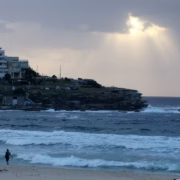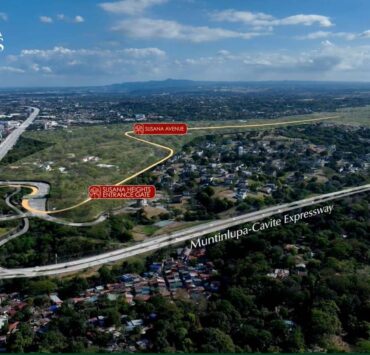Renewed ground of the modern city
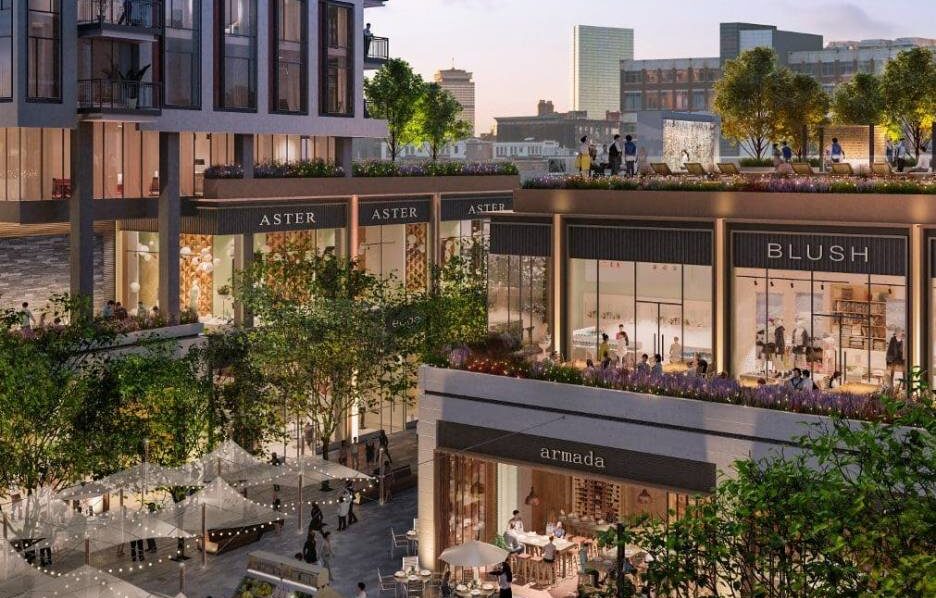
Cities carry layers of time, much like palimpsests whose original marks still echo beneath each new inscription.
In Metro Manila, land once considered peripheral is now being reconsidered for redevelopment. Forgotten grounds are undergoing transformation, highlighting how urban planning principles are helping shape this change.
Reframing former estates
Residential estates developed decades ago responded to a particular moment: post‑war expansion, the rise of automobile commuting, generous lot sizes, and separation of uses.
Over time, several dynamics rendered them less optimal—infrastructure aging, low connectivity, changing household sizes, shifting preferences toward mixed uses, and walkability. The choice facing cities and developers became whether to retreat outward into new land or to reinvest inward within the existing envelope of land use.
The art of reimagining place
Preserving a legacy estate means treating it as a living environment.
The existing mature vegetation, established roads, perhaps even older houses or amenity structures, become assets. Renewal becomes a transformation strategy rather than destruction. The way forward is augmenting, upgrading, refitting, and inserting new life into what already exists.
In the Philippine context, this is being discussed through adaptive reuse, heritage conservation, and estate‑scale redevelopment. These conversations extend beyond architectural preservation, involving questions on continuity, sustainability, and economic inclusion.
Planners now explore how mature neighborhoods can absorb modern infrastructure and mixed-use functions, while maintaining their original community fabric.
Revival as urban strategy
From a socio‑economic perspective, refreshed estates can catalyze local economic activity, new retail, niches for small businesses, community amenities, and uplift surrounding property values.
These reinforce the idea that good development can stabilize rather than destabilize. The transformation of former industrial or under-utilized sites into live‑work‑play hubs in the metro has become a template.
Such estate‑scale renewal also signals maturity in the property market.
Instead of the “frontier” model of pushing ever outward, growth becomes infill, consolidation, and enhancement. The aesthetic becomes less about novelty and refinement but more about the quality of place, environmental performance, and legacy integration.
Embedded example in context
New generation developments reinterpret older residential enclaves through sensitive design and modern planning principles that balance progress with preservation.
In this instance, the suburban estate known as Susana Heights is being upgraded through enhanced public open space, housing clusters within an existing mature landscape, and improved connectivity to regional infrastructure.
The work underway respects the estate’s original residential character while introducing contemporary planning principles and amenities. In doing so, the transformation becomes a valuable illustration of how legacy neighborhoods can evolve rather than being abandoned or entirely replaced.
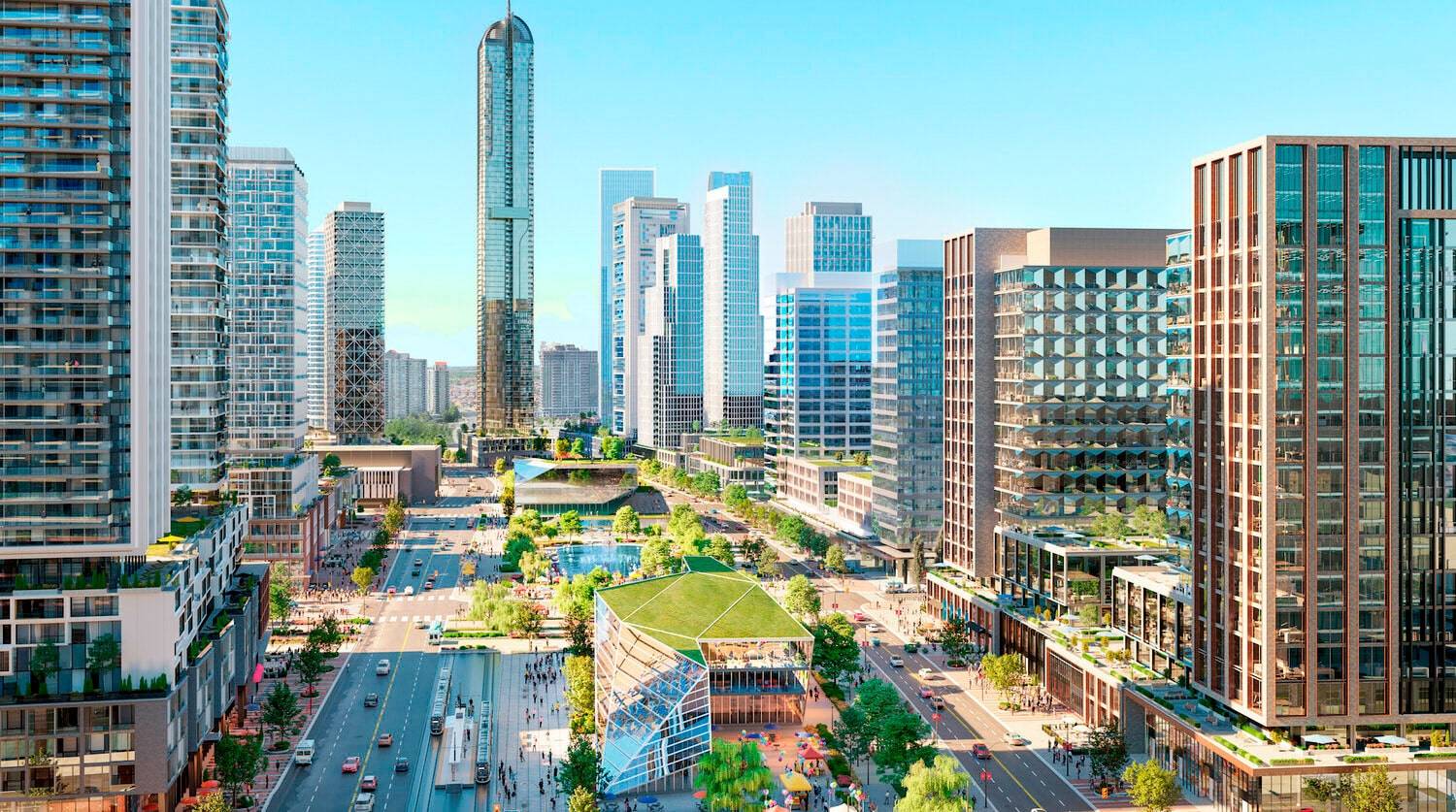
Continuity in motion
When estate renewal is successful, it fosters community, landscape, and memory continuity. This continuity builds place-identity and supports social cohesion.
Communities that have existed for decades retain their anchors. At the same time, new households, younger generations, and changing lifestyles find their place within that framework.
The result is neither static preservation nor wholesale erasure but a dynamic layering of the old and the new.
The challenge for architects, developers, and planners lies in achieving that layering with integrity. The temptation to sweep aside the familiar in favor of novelty must be resisted.
Instead, the aim is to embed innovation in a comforting, recognizable, and connected setting. By doing so, the city evolves from the inside out.
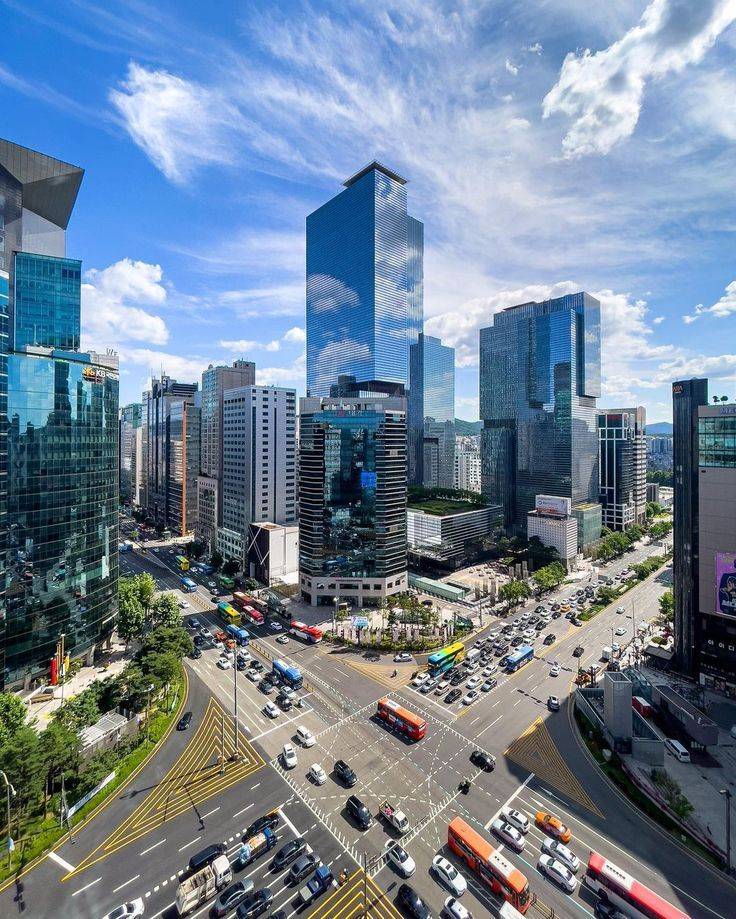
The reinvention of premium estates marks a shift in how urban growth is conceived. It signals that value lies in blank-slate expansion and skillful renewal.
In a region where land is finite and history is rich, the most significant architectural move may be looking inward, refining and re-energizing rather than relentlessly extending.
The author (www.ianfulgar.com), is a leading architect with an impressive portfolio of local and international clients. His team elevates hotels and resorts, condominiums, residences, and commercial and mixed-use township development projects. His innovative, cutting-edge design and business solutions have garnered industry recognition, making him the go-to expert for clients seeking to transform their real estate ventures










